I am currently reading the Fringe Contrast section of this document. This section says the following:
Be sure to use a DC-coupled detector when measuring fringe contrast. Adjust the interferometer alignment to maximize the fringe contrast in the optical signal. Then, use electronic filtering and amplification to maximize the signal for analog-to-digital conversion.
I want to see if I can measure fringe contrast in a basic interferometer setup. However, this explanation seems “high-level” and lacks details. What are the practical details of such a setup?
What specifically is the “dc-coupled detector”, and how does it fit into the setup?
How is the oscilloscope used as part of this setup, and what interferometry “signal” is it capturing?
I am a novice to electronics itself, so I would appreciate a more “basic” explanation.
